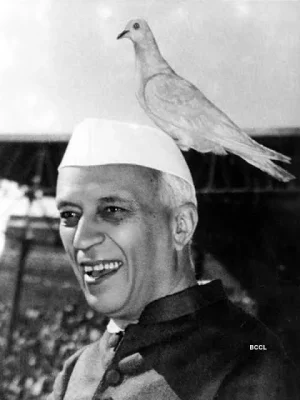In early March 2023, Yang Wei, the chief designer of the J-20, revealed for the first time in an interview with CCTV the positioning of China's future sixth generation aircraft. While everyone was still immersed in the news of the US sixth generation aircraft, the chief engineer's words undoubtedly gave us a shot of stability.
Regarding the sixth generation aircraft, Chief Engineer Yang Wei emphasized three key points. Firstly, it can undergo deformation according to changes in flight altitude and space.
Let's watch this video. This is the world's first officially commissioned variable sweep wing fighter F111, as well as the upgraded MiG-23 based on the MiG21, which also adopts a variable wing design. Fighter jets with this design can instantly increase cruise lift when the wings are extended at small angles. This design is a variation of fighter jets.
The deformation of the sixth generation aircraft is a complete change in the shape of the entire fuselage and the external aerodynamic layout, which is much more complex than simple variable sweep wings.
The second point defined by the chief engineer for the sixth generation aircraft is the ability to break through traditional space and conduct trans atmospheric warfare, such as space or suborbital bombing operations.
The current fourth and fifth generation fighter jets are only suitable for aerial combat in dense atmospheres below 30000 meters due to their use of turbofans or turbojet engines.
In July 2022, the "Feitian-1" rocket ramjet combined power developed by the Aerospace Combined Power Team of Northwestern Polytechnical University was successfully launched from a base in Northwest China. This is a kerosene fuel rocket ramjet combined cycle engine that can operate in sub combustion mode at 4 to 5 times the speed of sound and supersonic mode at 5 to 6 times the speed of sound. Once mature, this engine will enable fighter jets to directly enter the hypersonic field.

